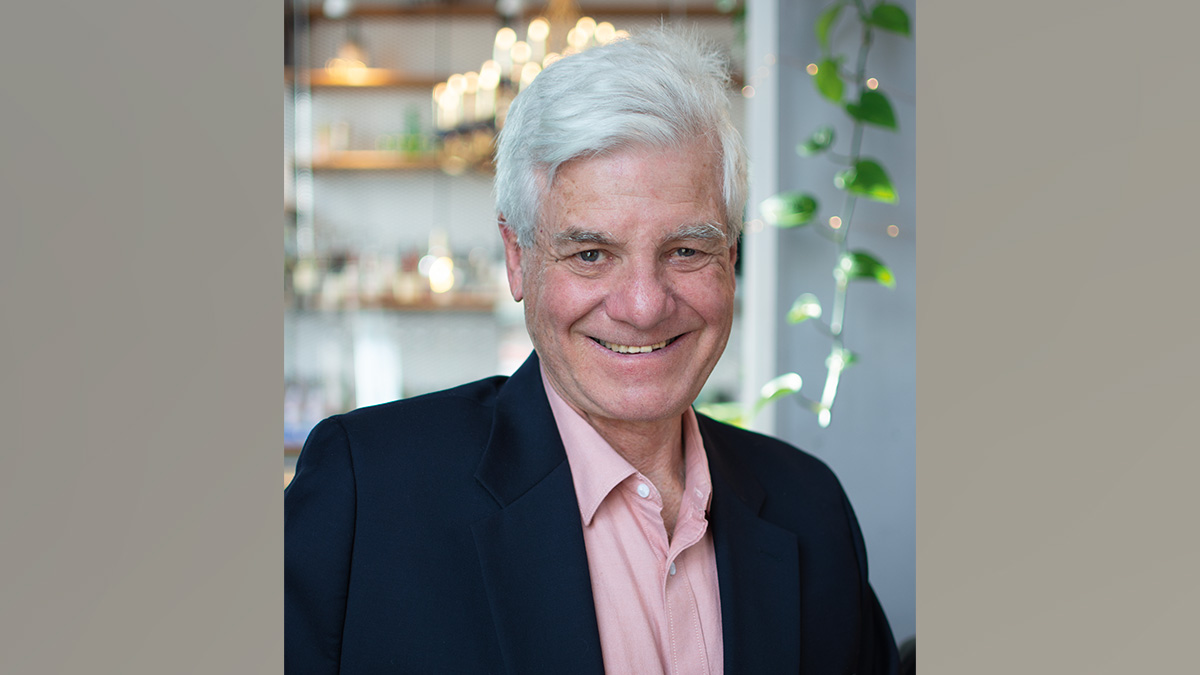Fit + Fat, Thin + Sick. There’s More to Health than Appearance
Briana Ottinger is a body positivity advocate who believes that you can be fat—and fit. When it comes to health, looks are deceiving. Here's why. The post Fit + Fat, Thin + Sick. There’s More to Health than Appearance...

Healthy has many definitions: “in good health,” “ not diseased,” “a state of complete physical, mental and social well-being.” But what does healthy really look like? We could argue that a healthy person has to be a certain weight, age, or body type. Yet, there is a unique and delicate balance of internal and external physical, mental and social health for everyone.
As a personal trainer, I work with clients of all ages, sizes, weights, and abilities; each with their own version of healthy that is more than just weight or appearance. Health for a 20-year-old person looks a bit different than health for an 80-year-old—but we can all benefit from taking steps to improve our health. A healthy body at any age is well nourished, physically active, and holistically balanced.
The trick is that you often can’t see that balance. To put it bluntly: A healthy body is not defined only by its appearance. Here’s what health really looks like.
Internal Health
Not all diseases are visible to the naked eye or are caused by unhealthy behaviors. Thousands of people all over the world live with and manage chronic disease such as high cholesterol, high blood pressure, diabetes, arthritis, lupus, HIV/AIDS, or multiple sclerosis. To the naked eye most of these people look perfectly healthy.
There are physical signs that something could be off with your internal health: chronic fatigue, altered mood, headaches, upset stomach, bloating, poor sleep, and food sensitivities. If you suffer from these or other irregularities, discuss these symptoms with your physician—they could be signs of a more serious condition or the effects of chronic stress.
In today’s society it can be easy for stress to consume us. Stress affects everyone to a certain degree by raising cortisol levels, stimulating the flight or fight response, and increasing blood pressure. The long term effects of stress can result in higher risk for chronic disease.
External Health
A healthy weight or healthy Body Mass Index (BMI) is more than body weight in relation to height. We must look deeper to a person’s physical fitness ability, total body fat, visceral fat, muscle mass, and bone density to determine a healthy weight. You can be thin with a high fat-to-muscle ratio, or heavy with a high muscle-to-body fat ratio. Eating a balanced diet and exercising in your 20s sets you up for a lifetime of healthy habits well into your 80s.
My client Nancy, 83, took her health for granted in her 20s, assuming she’d always be active. When a recent health scare landed her in the hospital, she took steps to change her diet, scheduled health screenings, resumed her daily walks, and began weight training. Regardless of age or ability everyone can take steps to be more active, reduce body fat and improve physical fitness.
How do you improve health? The following tips for managing stress, improving diet, body movement, and mental health can be implemented at any age.
Stress
Stress can cause physical symptoms: sleep problems, headaches, muscle tension, pain, chronic fatigue, raise cortisol levels, and increase risk for heart disease. Stress affects our mental health; causing anxiety, loss of focus, and depression in some cases. Regular physical activity 30 minutes or more several times a week, guided meditation, practicing yoga, eating a healthy diet, laughter and positive social interactions (such as time spent with those you love) are all great ways to manage stress. Eliminate things from your life that cause stress: Limit time on social media, change careers, reduce commute time, downsize, remove yourself from conversations or people that cause stress.
Diet
Eating a diet rich in fruits, vegetables, lean proteins, and high in fiber reduces the risk for heart disease, cancer, obesity, and obesity-related diseases like type 2 diabetes. Avoiding highly processed packaged foods, refined sugar and excessive caffeine improves mood, gut balance, helps maintain a healthy weight, and lowers the risk for chronic disease. Learning to cook nourishing meals at home can be therapeutic and we benefit from knowing what went into our food. By taking the time to slow down, savor our meals and share them with people we love we learn to eat more intuitively and feel more satisfied.
Body Movement
Exercise and body movement comes in many forms: yoga practice, running, swimming, weight lifting, or high intensity interval training. With a variety of options available, keep trying things until you find something you love. Take a class at the community center, go through a yoga flow in your backyard, or take a walk. Working out isn’t limited to fancy equipment or a gym membership, just get out and move your body. Sir Isaac Newton said, “A body in motion stays in motion.” Don’t be afraid to adjust your routine throughout the seasons and different stages of life, move in a way that makes you happy!
Mental Health
Mental health is complex, ever-changing, and presents its own unique set of diseases and risks. Our mental state has a direct impact on our physical health. Take a few quiet moments each day to be alone with your breath. Appreciate the quietness of the body and practice positive affirmations or say something that you are grateful for. Cultivate a loving relationship with your body, just like you would with a friend or loved one. Practice self care through meditation, journaling, time with loved ones, regular exercise, and a balanced diet. Seek professional help when needed to manage mental health diseases.
Awareness of Risk Factors
Simply being aware of the risk factors for chronic disease can improve health. Eating an unhealthy diet, tobacco use and exposure, excessive alcohol intake, and living a sedentary lifestyle have a negative impact on our health. If you currently smoke, quit; it’s one of the most beneficial things you can do to improve your health. Be advised that not all diseases are caused by unhealthy lifestyle habits; genetics and environmental factors can also play a role. You are in control of how you respond to risk factors, what you put in your body and your physical activity level.
Health Looks and Feels Different For Everyone
Every person’s health looks a little bit different and that’s OK! Your version of healthy is unique—just like you. Just as bodies come in all sizes, shapes, and colors, so does our health. Eat a well-balanced diet, take steps to reduce stress, prioritize rest, do things that make you happy, surround yourself with people that lift you up, and move your body every day.
Living and being healthy doesn’t have to be complicated or involve expensive supplements or equipment. You can improve your mental and physical health at any age. Don’t be afraid to take control of your health and be your own advocate. If something doesn’t look or feel right speak up and find help.
—

Briana Ottinger is a body positive personal trainer in the San Francisco Area that helps women of any age, weight or ability take control of their health. It is her passion to make healthy living delicious, affordable and most of all fun. Briana is a two time Ironman finisher, a marathoner, and aspiring yogi. When not working Briana loves experimenting in the kitchen and traveling with her husband and two dogs. You can find Briana on her Instagram or her website, www.brianaottinger.com.

 ValVades
ValVades 
































